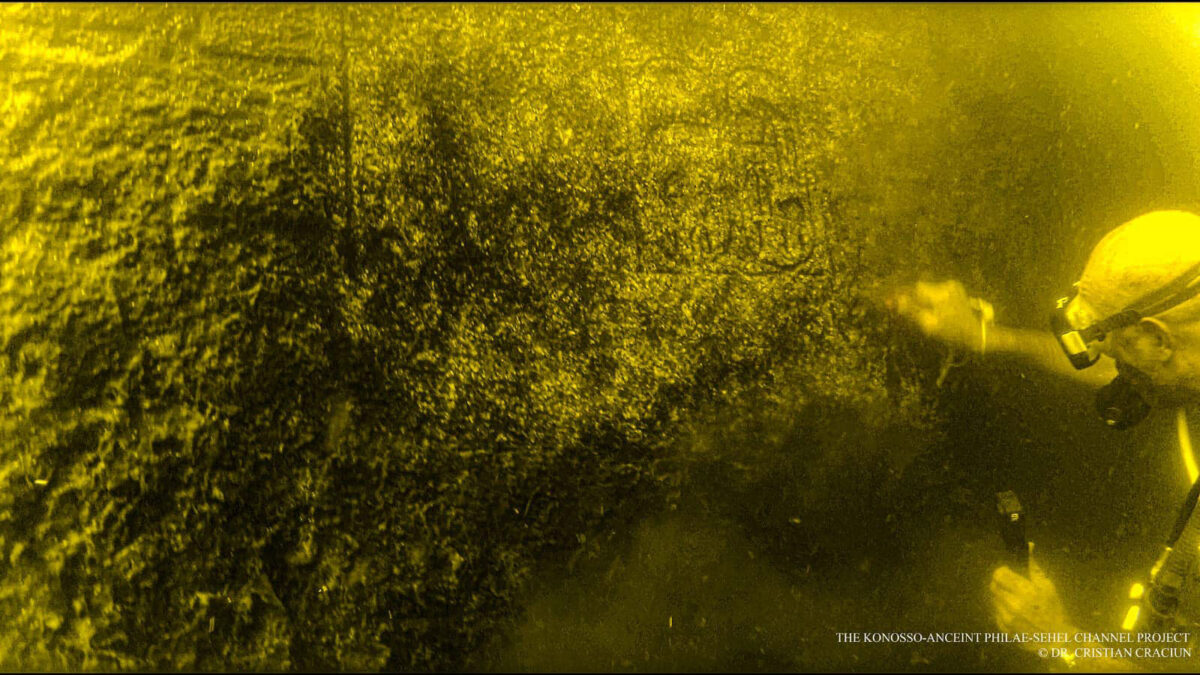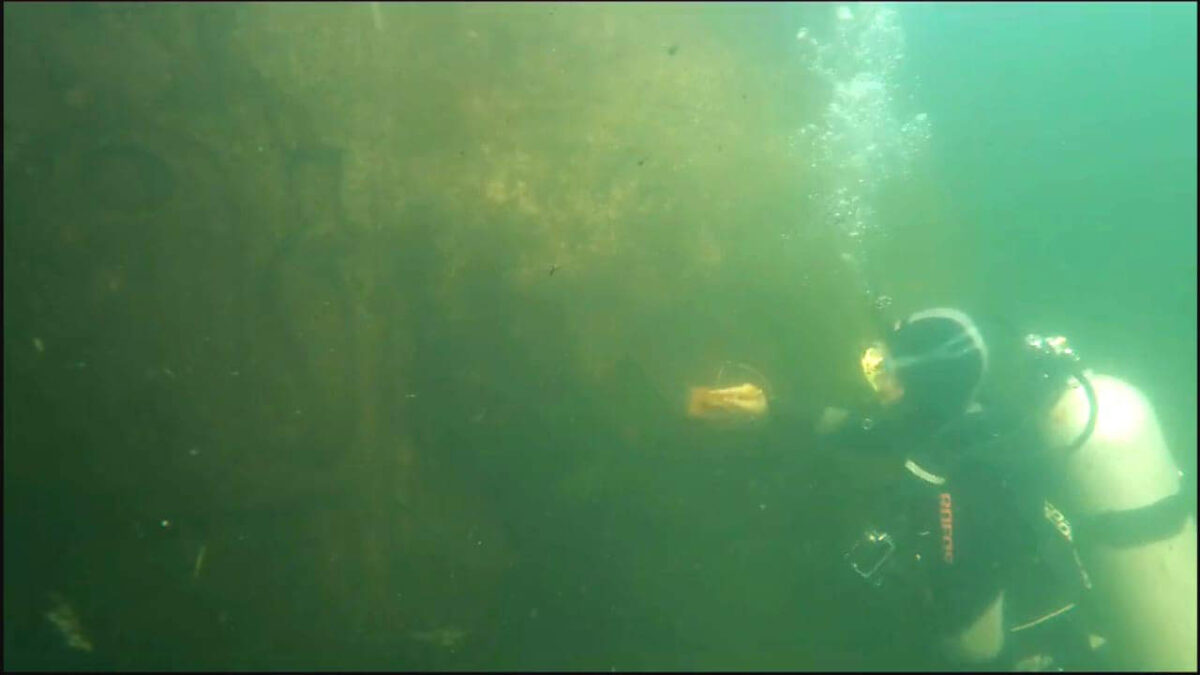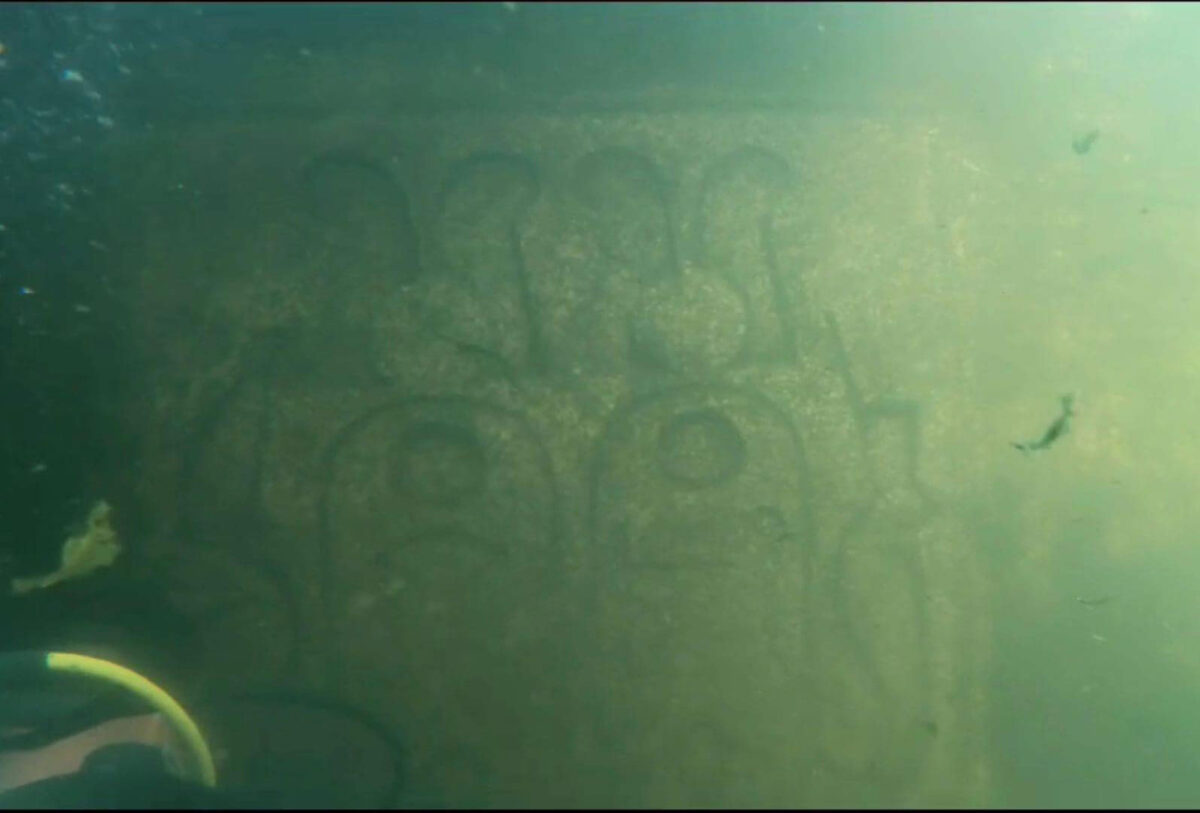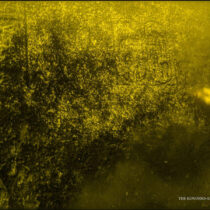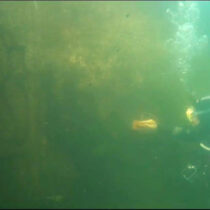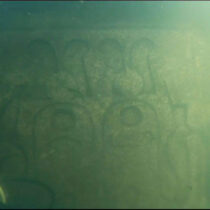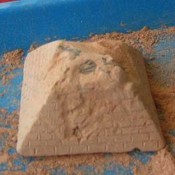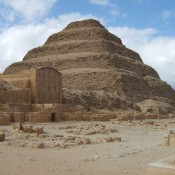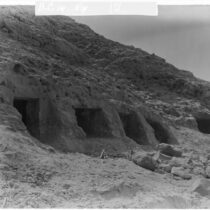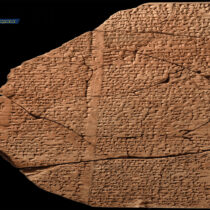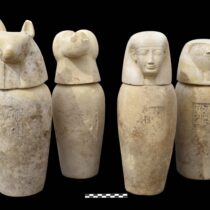The joint Egyptian-French archaeological mission of the Supreme Council of Antiquities, represented by the Egyptian Underwater Archaeology Department, and the French University Paul Valéry of Montpellier, led by Dr. Chris Cracillon, revealed a series of panels, inscriptions and representations of Pharaohs Amenhotep III, Thutmose IV, Psamtik II, and Apries, sunken under the Nile, in the area of Aswan. The findings were made during archaeological and photographic documentation work carried out for the first time in submerged monuments of the Aswan region. The research concerns rock inscriptions located between the Aswan Reservoir and the High Dam. The monuments had been discovered in the 1960s during the campaign to save Nubian antiquities during the construction of the High Dam, and had not previously been studied.
The above information was given by Dr. Mohammed Ismail Khaled, Secretary-General of the Supreme Council of Antiquities, who noted that the expedition started its first season in the area around the original islands of Philae and Konosso, and, since the inscriptions were still in a good state of preservation, the expedition was able to fully document the texts.
Dr. Hisham Al-Laithi, Head of the Department of Conservation and Recording of Egyptian Antiquities at the Supreme Council of Antiquities, explained that the expedition had used all modern techniques related to diving, archaeological research, photography, underwater video and photogrammetry and archaeological drawing/ epigraphy, aiming at locating and documenting the remaining inscriptions on the rock surface of Konosso, whether underwater or partially submerged in the waters of the Nile. The use of these( good practices) constitutes a commitment to the instructions of the Ministry of Tourism and Antiquities regarding the emphasis on the necessity of observing all scientific procedures and controls that are followed internationally to deal with archaeological finds and revelations.
For his part, Dr. Islam Selim, Head of the Underwater Archaeology Department at the Supreme Council of Antiquities, said the mission is working to produce three-dimensional models of the inscriptions and study them in preparation for publication. He pointed out that the archaeological research of the inscriptions reveals additional information about specific historical periods of ancient Egypt, especially the 18th Dynasty (Thutmose IV and Amenhotep III), and the Late Period, (Psamtik II, Apries).
